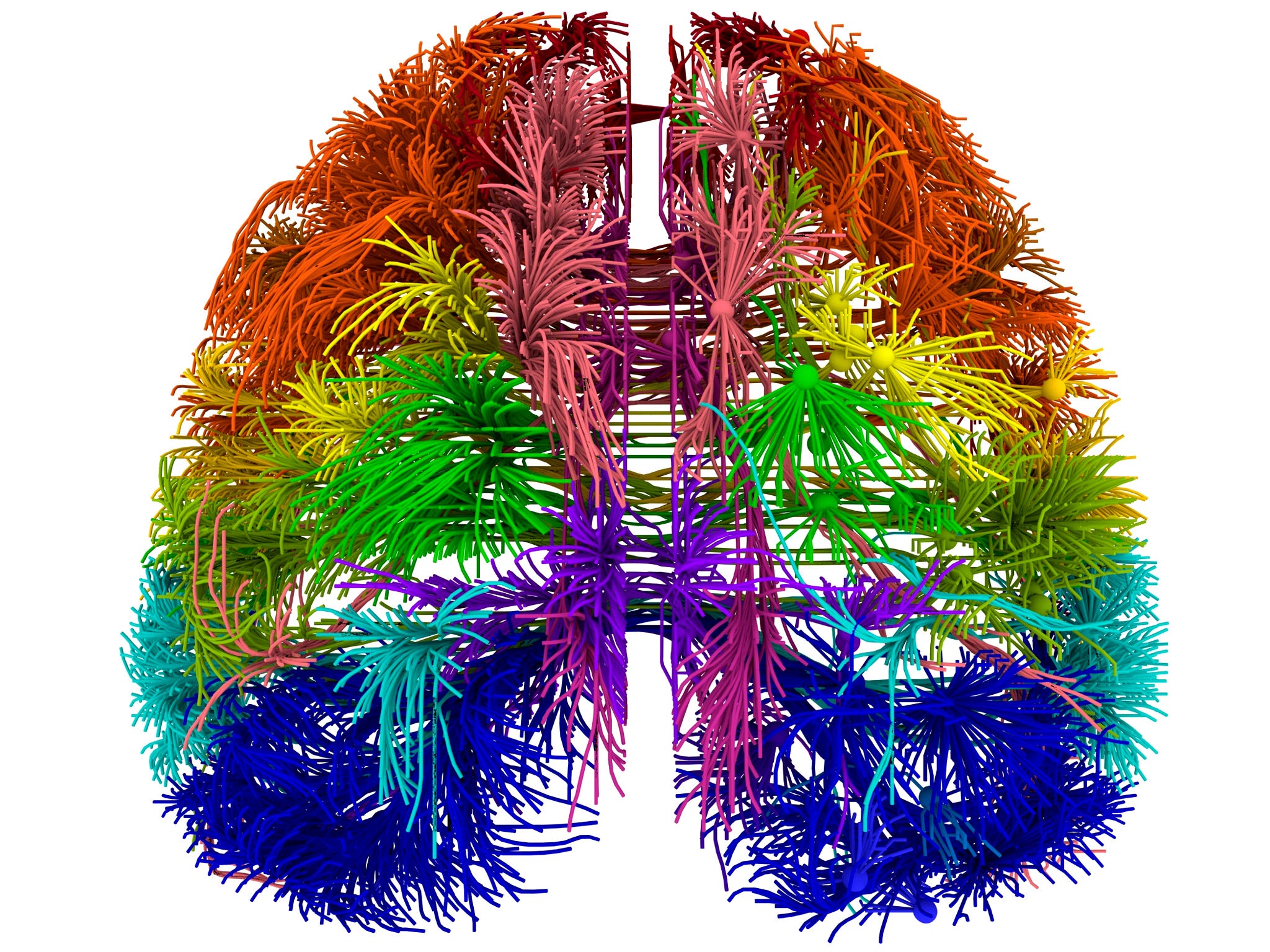Artists brains are 'structurally different' claims new study
Limited study found more grey and white matter in artists' brains connected to visual imagination and fine motor control

It’s a truism to say that artists see the world differently from the rest of us, but new research suggests that their brains are structurally different as well.
The small study, published in journal NeuroImage, looked at the brain scans of 21 art students and 23 non-artists using a scanning method known as voxel-based morphometry.
Comparisons between the two groups showed that the artist has more neural matter in the parts of their brain relating to visual imagery and fine motor control.
Although this is certainly a physical difference it does not mean that artists’ talents are innate. The balance between the influence of nature and nurture is never easy to divine, and the authors say that training and upbringing also plays a large role in ability.
The brain scans were accompanied by various drawing tasks, with the researchers finding that those who performed best at these tests routinely had more grey and white matter in the motor areas of the brain.
"The people who are better at drawing really seem to have more developed structures in regions of the brain that control for fine motor performance and what we call procedural memory," lead author Rebecca Chamberlain from KU Leuven University, Belgium told the BBC.
The artists also showed significantly more grey matter in the part of the brain called the parietal lobe, a region involved with a range of activities that include the capacity to imagine, deconstruct and combine visual imagery.
Scientists also suggest that the study would help put to rest the idea that artists predominantly use the right side of their brain, as the study showed that increased grey and white matter was found equally distributed.
Despite this, previous research has suggested that there are some hard-wired structural differences between individuals’ brains, with some of the divides falling across gender lines.
A ‘pioneering study’ published in December last year found that male brains had more neural connections running front to back while female brains had more connections between the right and left hemisphere. Scientist suggested that this could explain why men are ‘better at reading maps’ and women are ‘better at remembering a conversation.
Subscribe to Independent Premium to bookmark this article
Want to bookmark your favourite articles and stories to read or reference later? Start your Independent Premium subscription today.

Join our commenting forum
Join thought-provoking conversations, follow other Independent readers and see their replies